Book review by Hameedat Ogunlayi

As a budding young feminist, I decided to read and review an old classic book “Ain’t I a Woman: Black Women and Feminism”, which was one of the ground-breaking contributions to black feminist scholarship in the 20th century. This was the first book published by Gloria Watkins in 1981, better known by her pen name, Bell Hooks. She is an American author, professor, feminist and social activist with over 30 books published and numerous scholarly articles mainly focused on race, gender, class and capitalism.
During the period that this was written, mainstream feminism was dominated by white middle-class women and the plight of black women was ignored as it did not serve their opportunistic interests. As a result, much of the feminist literature that existed then were both racist and sexist. Hooks described that white feminist scholars “simply ignored the existence of black women or wrote about them using common sexist and racist stereotypes”. White feminists also failed to challenge “the racist-sexist tendency to use the word ‘woman’ to refer solely to white women”. Therefore, Hooks was adamant for black women to take up their rightful space in the feminist discourse.
 This book covered a wide range of subjects with key historical context, including the impact of sexism on black women during slavery, the devaluation of black womanhood, black male sexism, racism within the feminist movement and the involvement of black women with feminism. In this book, Hooks writes about the extent of the negative tropes used to devalue black womanhood and how this evolved from the 17th century to the 20th century. The most dominant negative stereotype was that black women were “sexually depraved, immoral and loose” which originated from slavery but continued to have lasting impact long after. This trope was used to justify the sexual assault of black women by both white and black men, as they were seen as available and eager.
This book covered a wide range of subjects with key historical context, including the impact of sexism on black women during slavery, the devaluation of black womanhood, black male sexism, racism within the feminist movement and the involvement of black women with feminism. In this book, Hooks writes about the extent of the negative tropes used to devalue black womanhood and how this evolved from the 17th century to the 20th century. The most dominant negative stereotype was that black women were “sexually depraved, immoral and loose” which originated from slavery but continued to have lasting impact long after. This trope was used to justify the sexual assault of black women by both white and black men, as they were seen as available and eager.
Hooks also discussed the rift that sexism caused between black men and black women. This became most evident during the civil rights movement, where black women were conditioned to believe that “to cast a vote in favour of women’s liberation, was to cast a vote against black liberation” as written by Hooks.
Therefore, the black liberation movement became a movement pushing for the establishment of black patriarchy and a tool for black men to regain their ‘masculinity’, while the suffering of black women was disregarded.
As a relatively novice reader of black feminist literature myself, I found this to be a great introduction into the theory of black feminism. The book provided an in-depth insight into the plight of black women. Although, some beginners may find this to be quite a dense read, so the section I would most recommend is the first chapter on ‘Sexism and the Black Female Slave Experience’. I found this to be the most enlightening, as it explains how the subjugation of black women originated and how they were equally oppressed by sexism and racism.
Despite the fact that this book was published over 40 years ago, I was still able to relate to some key aspects. One part that particularly resonated with me was that notion that majority of black women in the 20th century felt the most oppressive force in their lives was racism not sexism. Mainly because black women were often forced to pick between their race or their gender. To which hooks wrote “the sad irony is of course that black women are often most victimised by the very sexism we refuse to collectively identify as an oppressive force”. This was before the concept of ‘intersectionality’ was coined by Kimberlé Crenshaw in 1989, who also acknowledged that black women were often excluded from feminist theory and anti-racist politics, even though they were the most marginalised within these groups.
Personally, as a young black woman, reading this book has empowered me to defy the roles and tropes that have been assigned to black women in society. It has altered my perspective and has made me revaluate the extent to which I view sexism as an oppressive force in my life. Therefore, I implore all black women to read this book to gain further understanding of the origins of our struggles. I also think this is an important read for non-black women and black men who are keen to understand more about intersectionality and how their struggles differ from that of black women’s, who are doubly impacted by racism and sexism.
I believe this is still a very relevant and revolutionary piece of work and I encourage all those who claim to be feminists or advocates of women’s rights to have a read. For those interested in reading more on black feminist literature, an extensive reading list can be found here.
Bibliography
Hooks, B., 2014. Ain’t I A Woman: Black women and feminism. New York, NY: Routledge.
Crenshaw, K., 1989. Demarginalizing the intersection of race and sex: A black feminist critique of antidiscrimination doctrine, feminist theory and antiracist politics. u. Chi. Legal f., p.139.
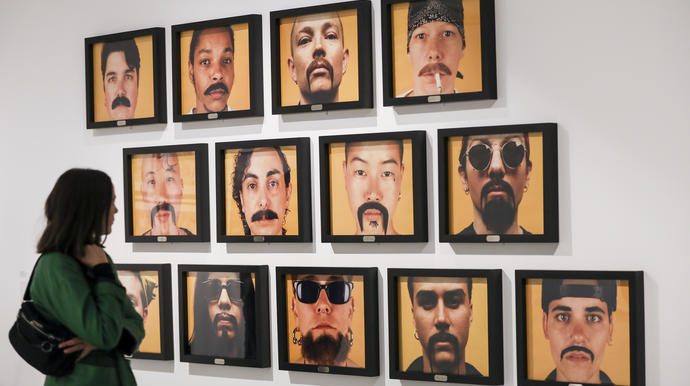
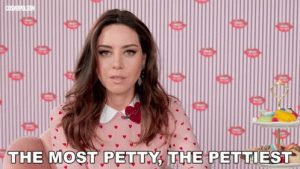
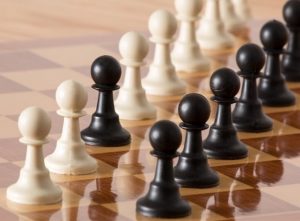



 Finally, if you are struggling with any issue which you think is because of bias, don’t hesitate to say it. Remaining in silence cannot change you or the social situation. If you know someone who is suffering from any social issue, please listen to the person’s voice. Ignoring what marginalised people have to say is the same as discriminating them. Let’s take action to change from a ‘gay or Asian man’ issue to a ‘gay and Asian man’ issue and to make the invisible intersections visible!
Finally, if you are struggling with any issue which you think is because of bias, don’t hesitate to say it. Remaining in silence cannot change you or the social situation. If you know someone who is suffering from any social issue, please listen to the person’s voice. Ignoring what marginalised people have to say is the same as discriminating them. Let’s take action to change from a ‘gay or Asian man’ issue to a ‘gay and Asian man’ issue and to make the invisible intersections visible!

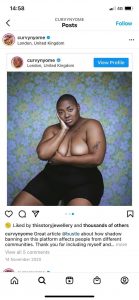

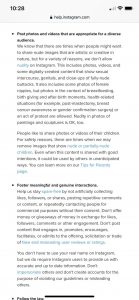
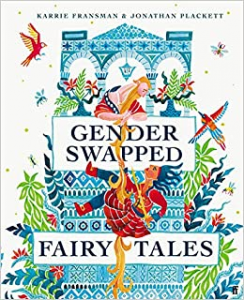
 I found this to be a charming picture book. It tells the story of young Julian who, after seeing three women dressed up on the subway one day, creates himself a fabulous mermaid costume.
I found this to be a charming picture book. It tells the story of young Julian who, after seeing three women dressed up on the subway one day, creates himself a fabulous mermaid costume.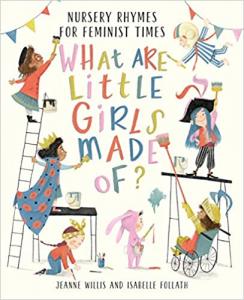
 A great book honouring 25 amazing women throughout history. Featuring politicians, athletes, scientists, artists and more, I found this book inspiring and really champions the idea that any young girl can become whatever they want to be.
A great book honouring 25 amazing women throughout history. Featuring politicians, athletes, scientists, artists and more, I found this book inspiring and really champions the idea that any young girl can become whatever they want to be.


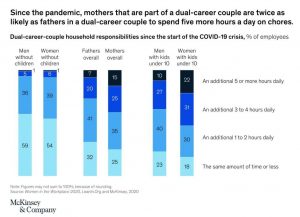

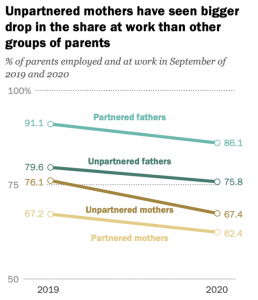


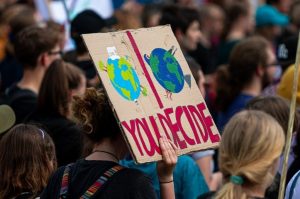 Climate change is a visibly gendered process. Gender inequality is a widespread and detrimental disadvantage. We must utilise the information we have to stop climate change and support women. How do we do this? Women possess enormous potential to help the climate crisis, but gender oppression means this possibility goes unnoticed. Marginalised women need to be given a platform to speak out on the climate crisis. Women must be equally represented in positions of control. Placing more women in policy making and implementing positions will empower women, progressing the formulation of gender sensitive climate solutions.
Climate change is a visibly gendered process. Gender inequality is a widespread and detrimental disadvantage. We must utilise the information we have to stop climate change and support women. How do we do this? Women possess enormous potential to help the climate crisis, but gender oppression means this possibility goes unnoticed. Marginalised women need to be given a platform to speak out on the climate crisis. Women must be equally represented in positions of control. Placing more women in policy making and implementing positions will empower women, progressing the formulation of gender sensitive climate solutions. For example, in the Channel 4 series: The Secret Life of Five Year Olds, in which some of the boys demonstrate a historically held view by boys that they belong to a ‘club’ exclusive of girls and that the girls can only join in if they ‘cook’ for them. This shows enforc
For example, in the Channel 4 series: The Secret Life of Five Year Olds, in which some of the boys demonstrate a historically held view by boys that they belong to a ‘club’ exclusive of girls and that the girls can only join in if they ‘cook’ for them. This shows enforc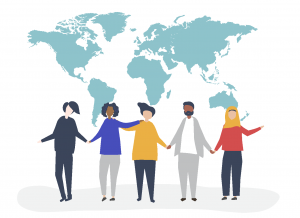 Lack of self-understanding leads to a fear of what others perceive us as and an introversion of our views and understanding of others. Encouraging children to experiment with different groups of toys and clothing regardless of gender allows the child to develop understanding and appreciation of differing views and cultures. Although it may be said that it is the job of the parents to decide what their children play with, school is the only place in which we can ensure that every child is given the appropriate tools to navigate our social world. Making this sort of experimentation a compulsory part of the curriculum ensures through policy that self-knowledge is fostered and embraced.
Lack of self-understanding leads to a fear of what others perceive us as and an introversion of our views and understanding of others. Encouraging children to experiment with different groups of toys and clothing regardless of gender allows the child to develop understanding and appreciation of differing views and cultures. Although it may be said that it is the job of the parents to decide what their children play with, school is the only place in which we can ensure that every child is given the appropriate tools to navigate our social world. Making this sort of experimentation a compulsory part of the curriculum ensures through policy that self-knowledge is fostered and embraced.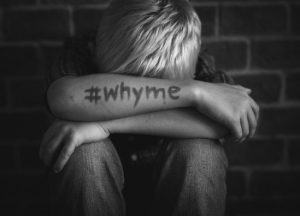 The danger of society requiring men and consequently boys to prove themselves as strongly masculine is that it steers them towards restricted options. To excel intellectually or to find another physical way to succeed in expressing this ‘masculinity’. This puts restrictive pressure on boys and creates friction between and within the genders. It creates segregation between those who express their masculinity intellectually and those who express their masculinity in a more physical way. This differentiation leads to exclusion of ‘gentle’ academic boys and girls, and a lack of academic confidence and support of the boys who express this physical masculinity.
The danger of society requiring men and consequently boys to prove themselves as strongly masculine is that it steers them towards restricted options. To excel intellectually or to find another physical way to succeed in expressing this ‘masculinity’. This puts restrictive pressure on boys and creates friction between and within the genders. It creates segregation between those who express their masculinity intellectually and those who express their masculinity in a more physical way. This differentiation leads to exclusion of ‘gentle’ academic boys and girls, and a lack of academic confidence and support of the boys who express this physical masculinity.
